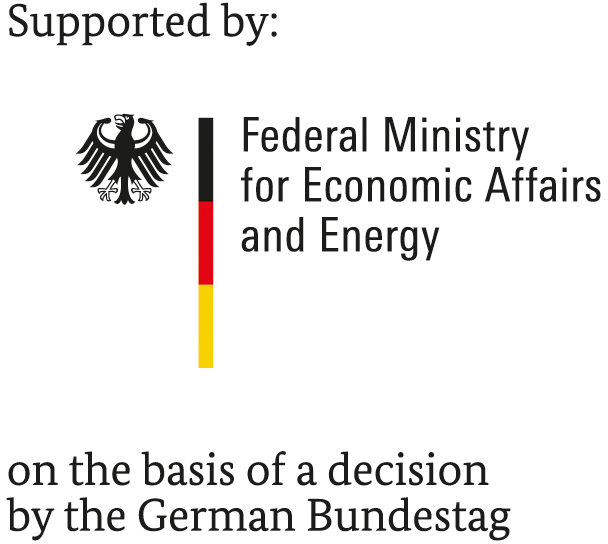A computational analysis of the dynamic roles of talin, Dok1, and PIPKI for integrin activation.
Description
Formats
Links
A mathematical model of the human menstrual cycle for the administration of GnRH analogues.
Description
The paper presents a differential equation model for the feedback mechanisms between gonadotropin-releasing hormone (GnRH), follicle-stimulating hormone (FSH), luteinizing hormone (LH), development of follicles and corpus luteum, and the production of estradiol (E2), progesterone (P4), inhibin A (IhA), and inhibin B (IhB) during the female menstrual cycle. Compared to earlier human cycle models, there are three important differences: The model presented here (a) does not involve any delay equations, (b) is based on a deterministic modeling of the GnRH pulse pattern, and (c) contains less differential equations and less parameters. These differences allow for a faster simulation and parameter identification. The focus is on modeling GnRH-receptor binding, in particular, by inclusion of a pharmacokinetic/pharmacodynamic (PK/PD) model for a GnRH agonist, Nafarelin, and a GnRH antagonist, Cetrorelix, into the menstrual cycle model. The final mathematical model describes the hormone profiles (LH, FSH, P4, E2) throughout the menstrual cycle of 12 healthy women. It correctly predicts hormonal changes following single and multiple dose administration of Nafarelin or Cetrorelix at different stages in the cycle.
Formats
- Systems Biology Markup Language Level 3 Version 1 Core
- Systems Biology Markup Language Level 2 Version 5
Links
A model for the dynamics of human weight cycling.
Description
This model is according to the paper of A model for the dynamics of human weight cycling by A. Goldbeter 2006.The figure3 (A) and (B) have been reproduced by Copasi 4.0.19(development) and SBMLodeSolver.The writer of the paper did not specify any units for the metabolites, so the creator of the model did not define the units as well.Both Q and R are normalized to vary between 0 and 1.
Formats
- Systems Biology Markup Language Level 3 Version 1 Core
- Systems Biology Markup Language Level 2 Version 5




Rule based model that integrates the available data to test the biololical hypotheses regarding the role of talin, Dok1 and PIPKI in integrin activation.
Abstract: Integrin signaling regulates cell migration and plays a pivotal role in developmental processes and cancer metastasis. Integrin signaling has been studied extensively and much data is available on pathway components and interactions. Yet the data is fragmented and an integrated model is missing. We use a rule-based modeling approach to integrate available data and test biological hypotheses regarding the role of talin, Dok1 and PIPKI in integrin activation. The detailed biochemical characterization of integrin signaling provides us with measured values for most of the kinetics parameters. However, measurements are not fully accurate and the cellular concentrations of signaling proteins are largely unknown and expected to vary substantially across different cellular conditions. By sampling model behaviors over the physiologically realistic parameter range we find that the model exhibits only two different qualitative behaviors and these depend mainly on the relative protein concentrations, which offers a powerful point of control to the cell. Our study highlights the necessity to characterize model behavior not for a single parameter optimum, but to identify parameter sets that characterize different signaling modes.